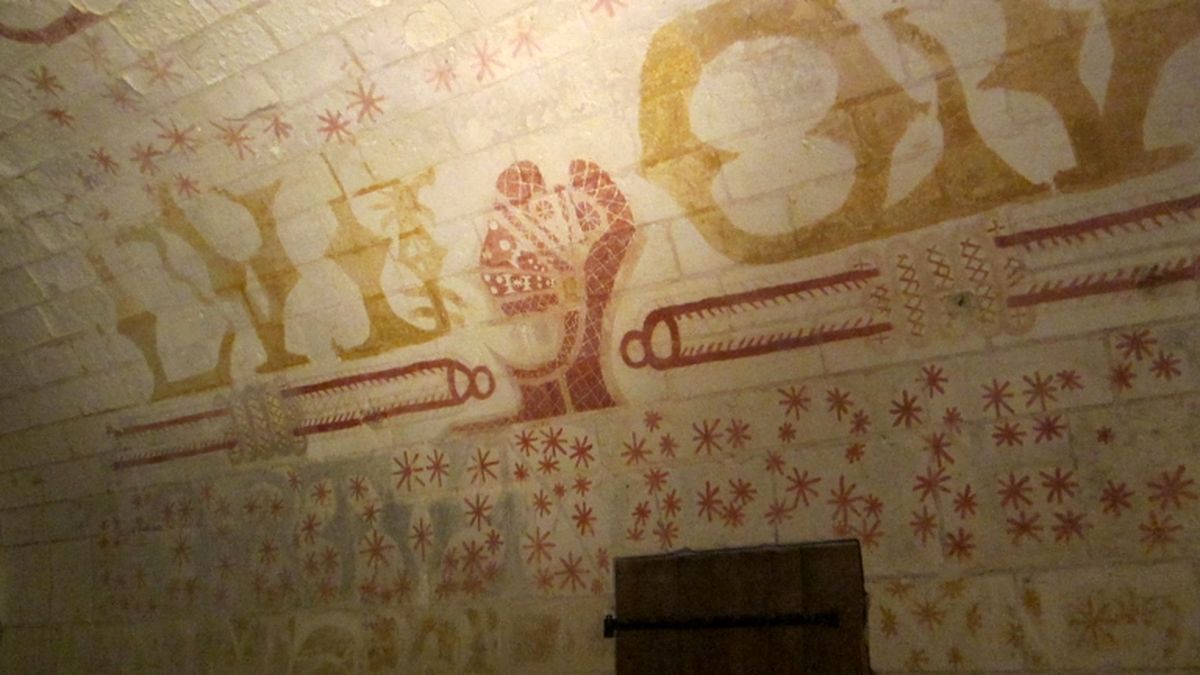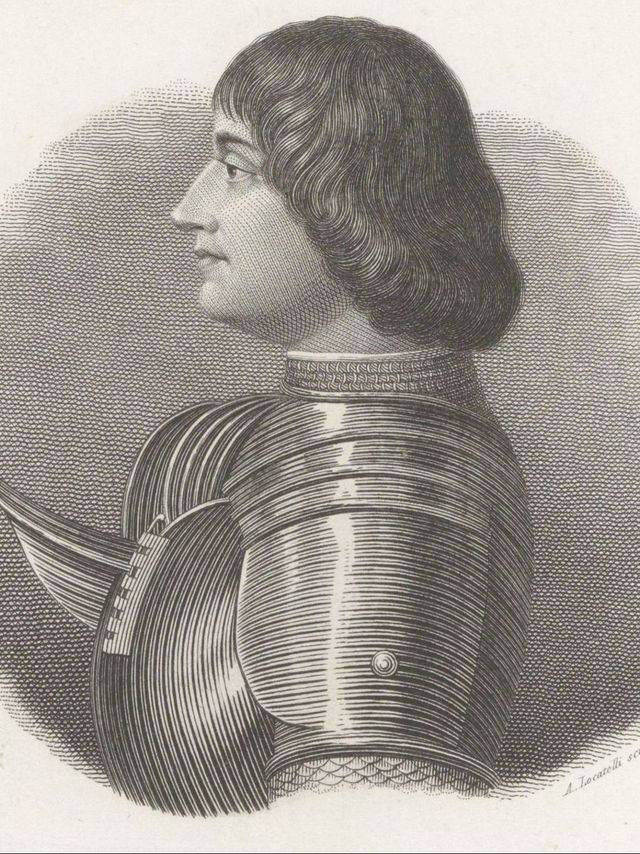 Ludovico's jail | ©Anecdotrip.com / CC-BY-NC-SA
Ludovico's jail | ©Anecdotrip.com / CC-BY-NC-SAThe atmosphere which reigns here in the Martelet is pretty oppressive!
Do you hear prisoners’ sighs, their screams, their endless tortures?...
The crumbled giant
We find cells here. And in the earth depths, a former tuffeau quarry; tuffeau is a French white stone from Touraine (the châteaux de la Loire are made of this).
Well, since we are here, here’s a little story… in 1500, the castle’s governor Pontbriand decided to search through the keep.
He opened every doors, he walked as far as he could in the darkness… Until he arrived in a gloomy jail… where stood a man.
A man!! No doubt! There was a giant, sitting here, his head in his hands…
But some fresh air entered in the little room, hermetically closed since centuries.
The man’s body suddenly disintegrated under the flabbergasted eyes of the governor. A heap of bones only remained…
The legend says they kept the remains in the castle’s church, for centuries.
Ludovico’s jail
Paintings on walls
A VIP’s jail! Ludovico Sforza's jail, nicknamed the Moor, duke of Milan!
He was taken prisoner at the battle of Novare in Italy, by French general La Trémouille, in 1500. He stayed 10 years in Loches.
He drew those paintings on the walls, with what he had at hand, like egg’s yellow!
And he wrote plenty of things. We read: celui qui n'est pas contan (″The one who’s unhappy″) and fortune je né pas (″I’m not rich″), with stars and cords.
Above the fireplace, we have his portrait surrounds by feathers: we recognize pretty well his aquiline nose, his prominent chin, and his helmet on his head!
Locked...
Imagine Ludovico’s life... he rot here 10 years!
The jail’s wall is 4 metres thick, and a tiny window gives a very dim light. In front of the window, he engraved a sun dial.
And he had his own private latrine, because he was a royal prisoner...
At the end of his captivity, king Louis XII became milder with Ludovico: he allowed him to have a little stroll every day, for instance… But in 1510, just after his release, Ludovico died.

